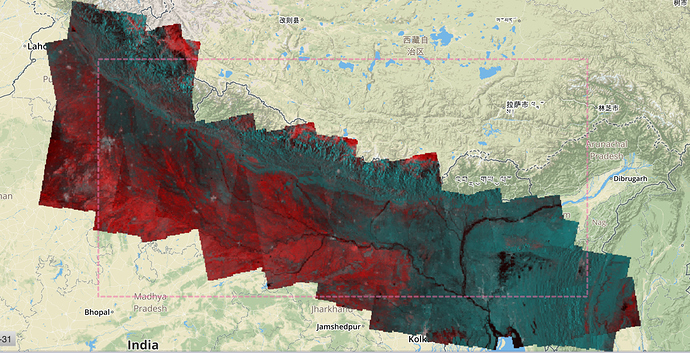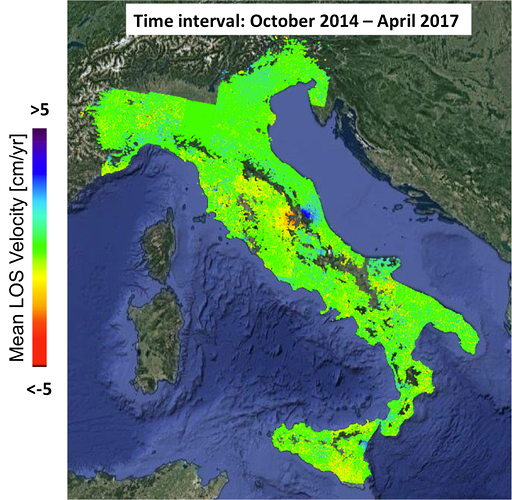The last ESA’s FRINGE conference has been an important event for the InSAR community to share the last advancements in the development and the exploitation of InSAR data, techniques and tools. GEP was largely represented with a good number of orals, posters and training courses. First of all, Michele Manunta gave a talk to present the status of the activities and the last important results of the GEP project. This presentation showed an overview of the GEP characteristics, its application scenarios and the international collaborations. Moreover, the important achievements reached in the integration of SAR archives (access to ERS, ENVISAT, ALOS, Cosmo-SkyMED, TerraSAR-X, Sentinel and Landasat-8 data) and the implemented web tools have been presented and described. Finally, the talk focused on a summary of the activities carried out by the GEP community during the 2016 Italian seismic sequence.
Moreover, some partners of the GEP team prepared specific contributions on their activities on GEP. In particular, DLR, CNR and TRE-Altamira presented the Sentinel-1 InSAR Browse, SBAS Sentinel-1 Surveillance and FASTVEL services, respectively.
Figure 1: DEM corrected amplitude (cyan) and coherence (red) generated with the DLR’s Sentinel-1 Medium-Resolution InSAR Browse Service over the tectonic ares of the Himalayas.
The GEP orals and posters obtained a great interest from the FRINGE audience, which largely interacted with the speakers to have more information and details on the GEP capabilities and application scenarios.
Last but not least, CNR organized a 3-hour training course on the GEP and the use of the SBAS Sentinel-1 On-demand Service. Despite the course has been programmed in parallel to the poster session, it obtained a great success, demonstrated also by the large number of attendees (more than 60).
The ever-increasing role played by the GEP within the geohazards community is also evidenced by the high number of presented works with a clear reference to GEP and its exploitation. In particular, Michele Manunta (CNR), presenting the EPOS infrastructure (https://www.epos-ip.org) and the Thematic Core Service on Satellite Data, introduced the important collaboration between GEP and EPOS and Riccardo Lanari, in his talk on Sentinel-1 results, showed some examples of results of the CNR Sentinel-1 SBAS tool that will be soon available in the platform (Figure 2).
Figure 2: Mean deformation velocity map generated by processing with the CNR SBAS processing chain the 2014-2017 Sentinel-1 archive collected over Italy

